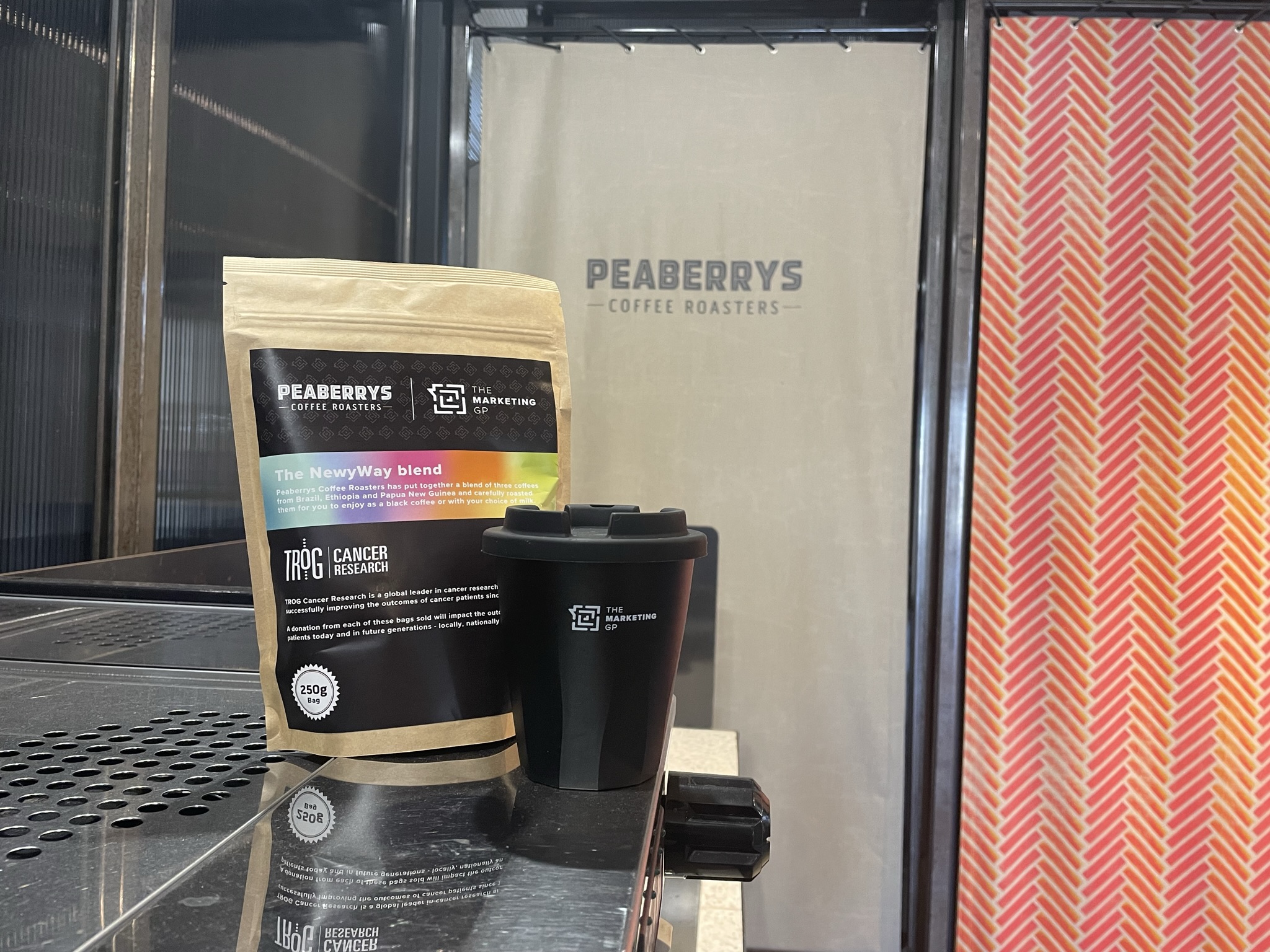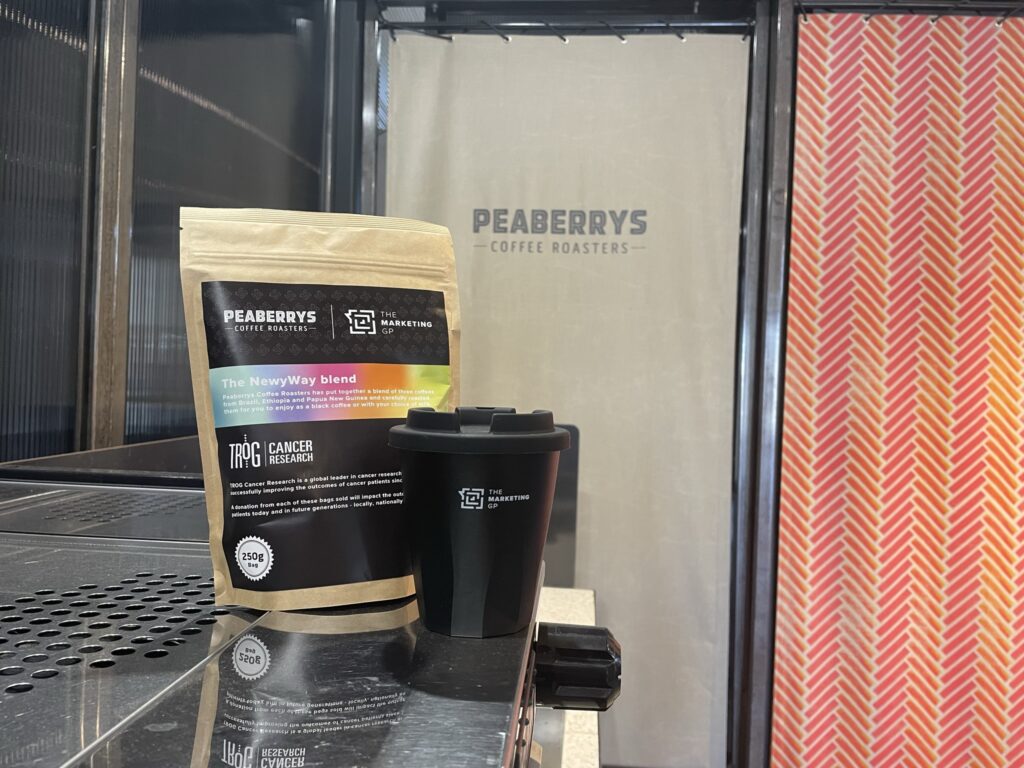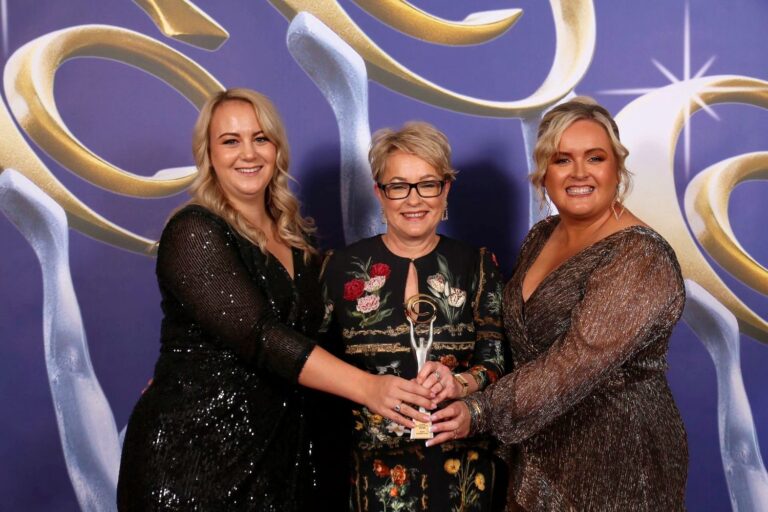As people fall more and more out of love with self-promotional messaging and marketing that is pushy and in-your-face, brands will be re-engaging with an approach that leverages relationships.
Brand collaborations.
An asset in any business’ toolkit, brand collaborations help you to save time and costs through your business marketing, as well as extend your reach beyond what may have been achievable individually (without an extensive budget).
Recent data from Accenture shows that effective collaborations can cut a brand’s logistics costs by 3-4 per cent and manufacturing costs by 5-15 per cent.
Whilst that data is from the States, let’s look at some Australian statistics. A 2021 report from IDG Research and Partnerize and CMO Australia showed that more than half of the marketers surveyed had identified collaborations as a significant part of their strategy. Taking this further, 16 per cent even identified collaborations as a tool they rely upon for results over any other marketing channel.
We create brand collaboration campaigns for our clients at The Marketing GP regularly as they drive fantastic results for all involved. So, I thought I’d share a few tips on how to use brand collaborations in your marketing, referencing a recent collaboration The Marketing GP has done with two local businesses.
Our 10-year anniversary celebration coincided with the overhaul of our brand, which of course meant we had to do a local collab to really make it shine. Our team created The NewyWay Blend in partnership with Peaberrys Coffee Roasters. But that’s not all! We brought in TROG Cancer Research so that a portion of funds from the coffee could support their research towards outsmarting cancer for generations to come.
We were lucky enough to have good relationships with both local businesses which made the partnership a fun and easy journey. Throughout the whole process we worked closely with the team at Peaberrys to select the coffee blend and take it to market.
The messaging – feel good and do good by simply enjoying your morning coffee – has been embraced by the community and we’re proud to have facilitated a collaboration that benefits businesses, individuals and an important cause that impacts many.
We’ve used our collaboration as an example to give you an idea on how you could use this in your business, though of course you need to choose an approach that is the right fit for you and your partners. That leads us to our first point.
- Choosing the right fit is essential
When thinking about doing a collaboration with other businesses, the first thing to think about is if that other company and the approach is the right fit for your brand. Consider your potential partner’s core values and mission and if they align with your own. You should also consider whether their established and target audiences pose a benefit to you or if they aren’t the right fit for your services or product. After all, you essentially want to reach their community, so they need to be right community!
- Is it a fair for both sides?
Creating equality can be difficult when one partner has a significantly larger database of potential customers or a higher social following.
However, there are a range of ways you can look at the benefits.
For example, our business had the marketing know-how to push the messaging around our collaboration, whilst Peaberrys Coffee Roasters has the sales systems and product capabilities to make it happen. We’ve both leveraged our networks and are benefiting from the relationship.
- What does success look like?
Before you dive in, it’s important to discuss and come to an agreement on what success looks like for all parties involved in the collaboration. Whether your goal is to grow social followings, leads, new customers, or gain brand awareness, identifying the mission of the activity will ensure everyone is on the same page.
The difference in success for everyone involved is outlined in the IDG Research and Partnerize and CMO Australia report. It showed that 32 per cent of respondents would implement a collab into their marketing strategy because it was a cost-effective means of driving brand reach. Whereas 12 per cent said that partnerships were an effective mechanism for increasing average order value.
Importantly, not all parties might want the same thing, however the structure of the campaign should reflect that. For us, our campaign is about doing good and brand awareness around our tenth anniversary. For Peaberrys, the focus is more on sales and doing good. We created our campaign to fulfil both goals.
- How will each brand be involved?
Being transparent about how each business will be involved is important as it may not look the same for all parties. One business could be spending a lot of time on the partnership which means they’re losing valuable time from their staff members, whereas the other brand may be providing resources or a higher level of financial contribution.
My recommendation is to nut this out in your initial discussions about the collaboration, so everyone involved is on the same page and there are no surprises down the track.
Collaborating with other like-minded brands can be extremely rewarding and successful as a marketing tactic. Consider your goals for your marketing activities over the next year and have a brainstorm around partners you have already or would like to build relationships with that pose the potential for a mutually beneficial brand collaboration






